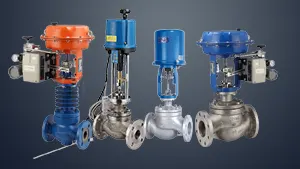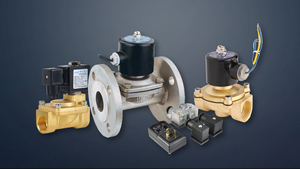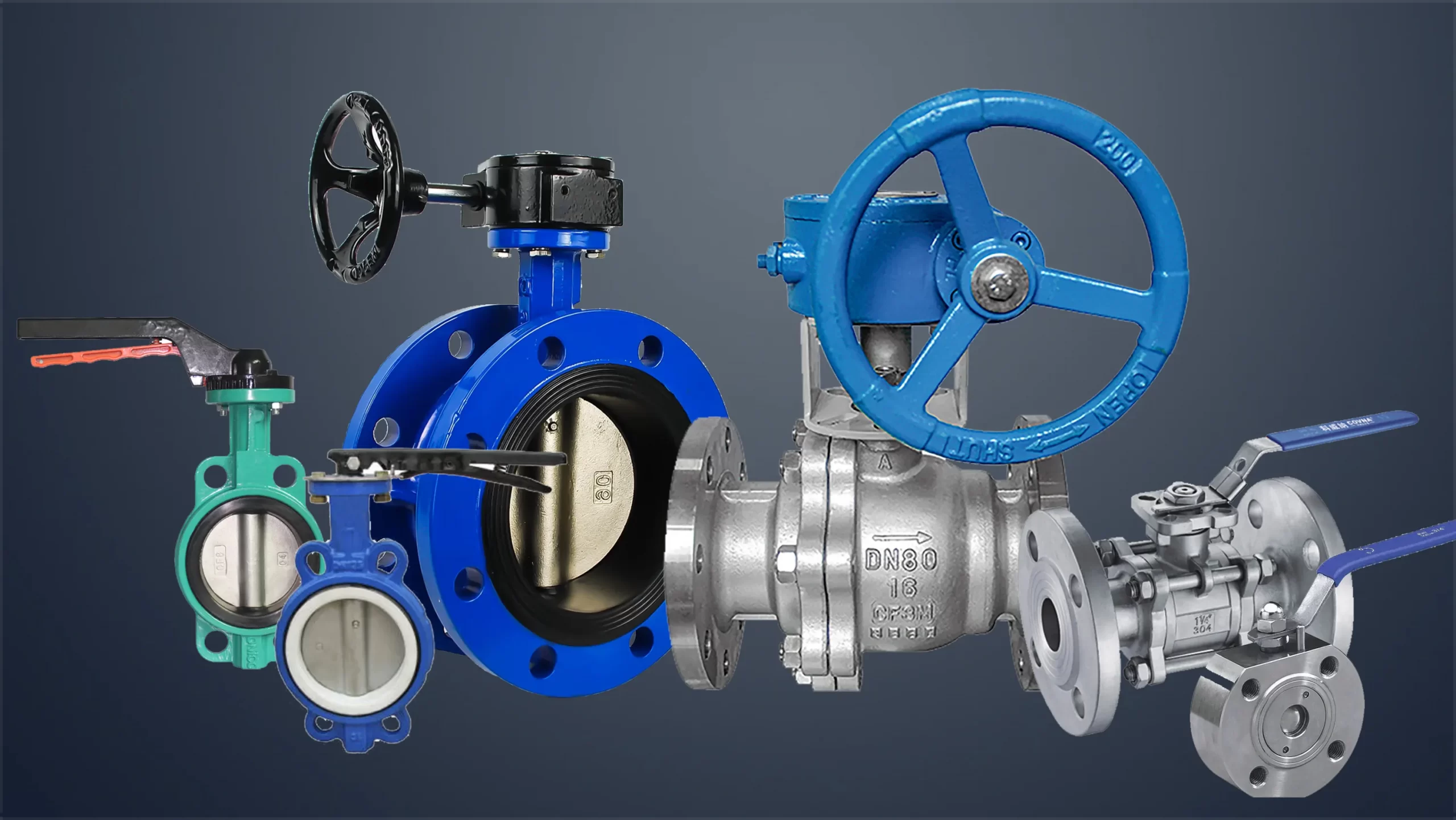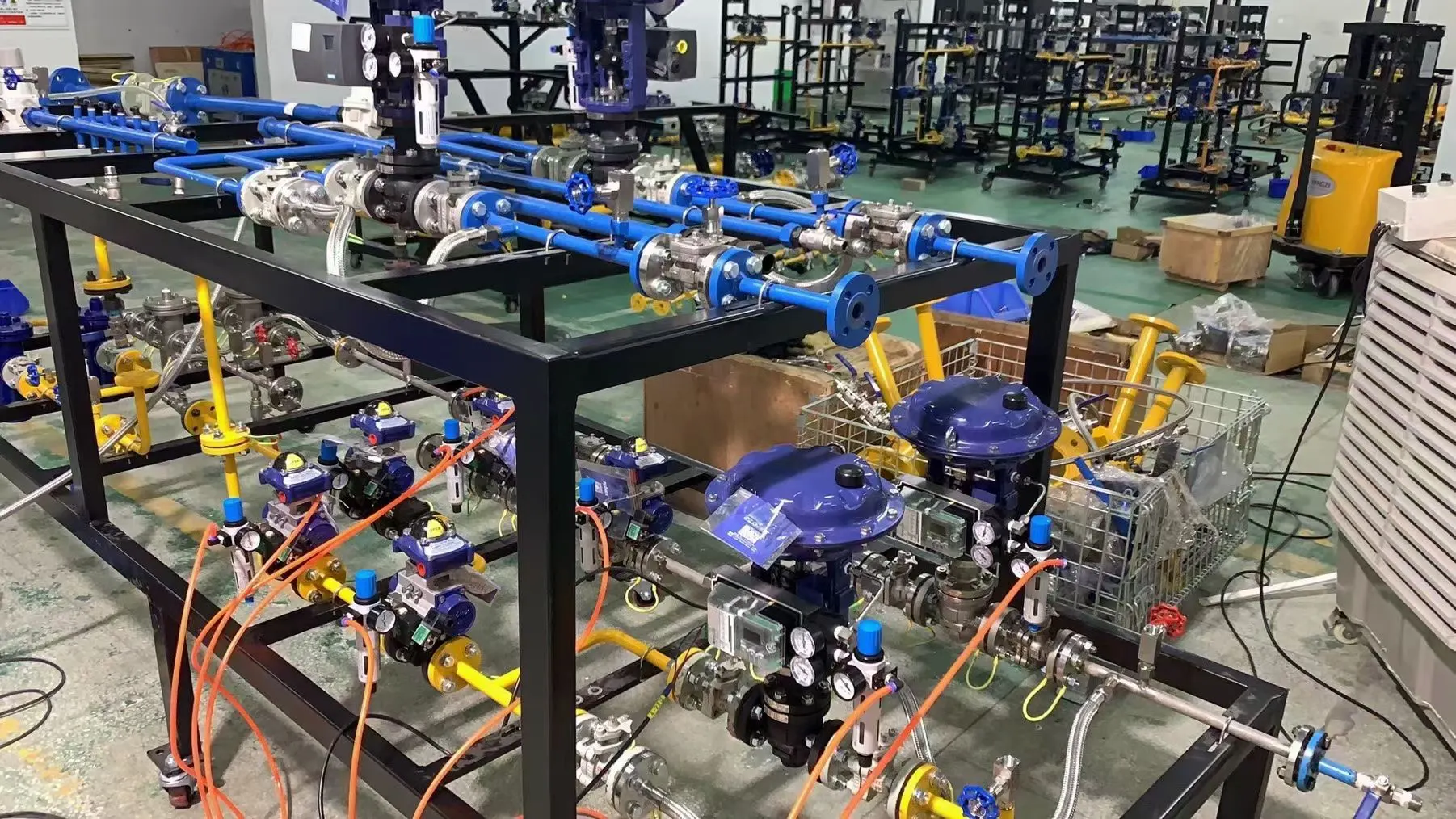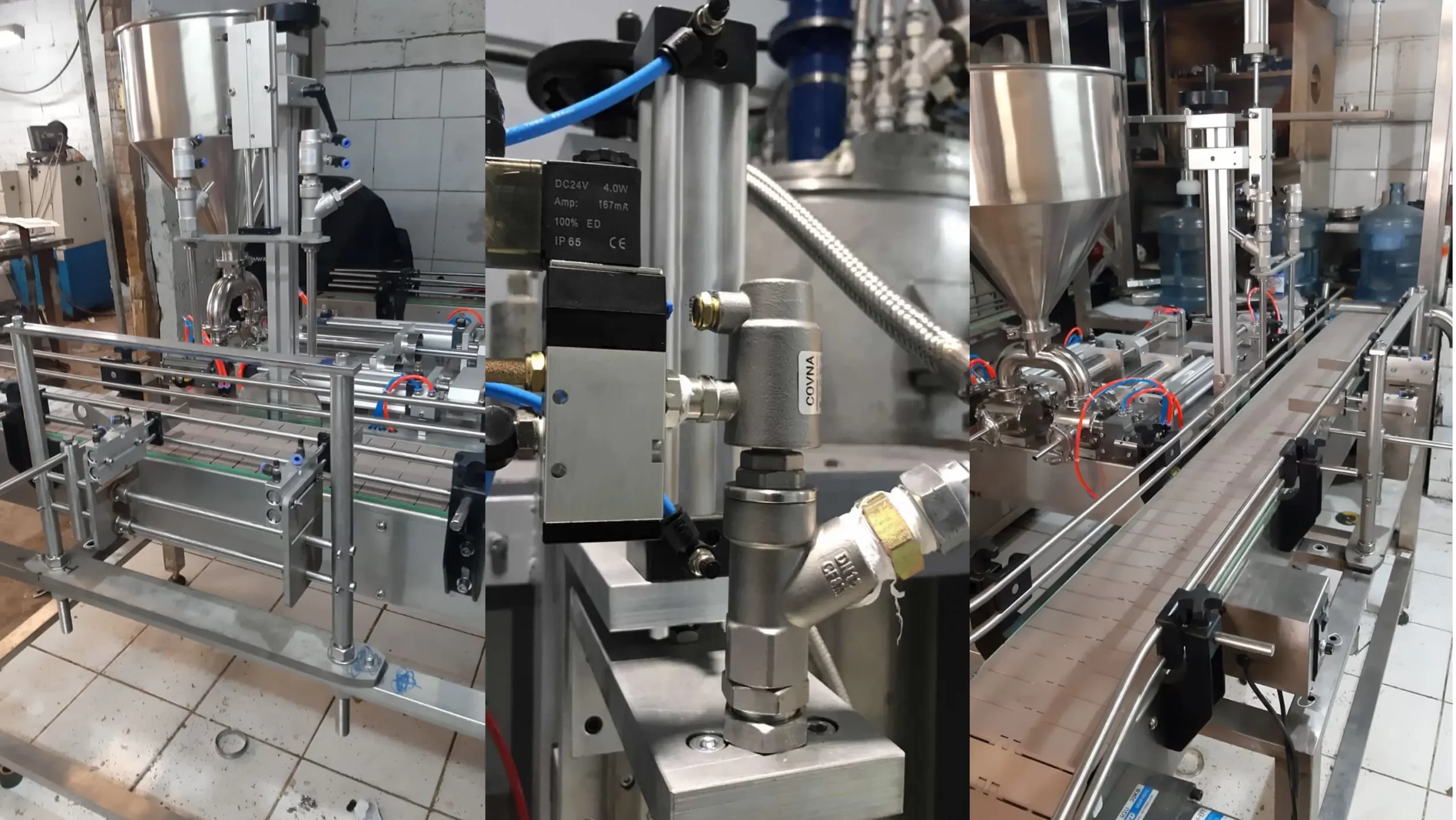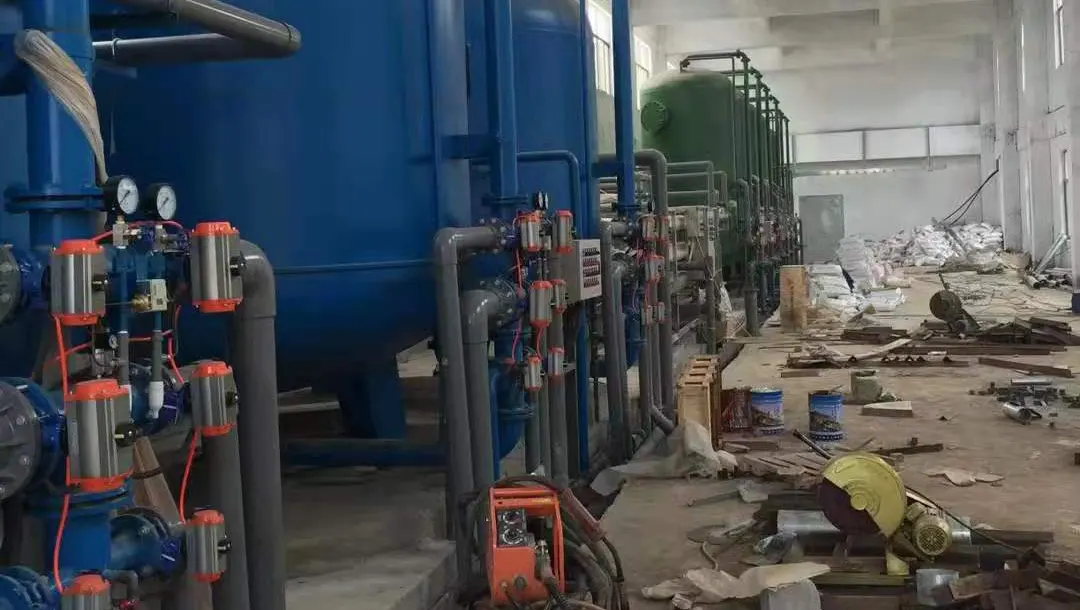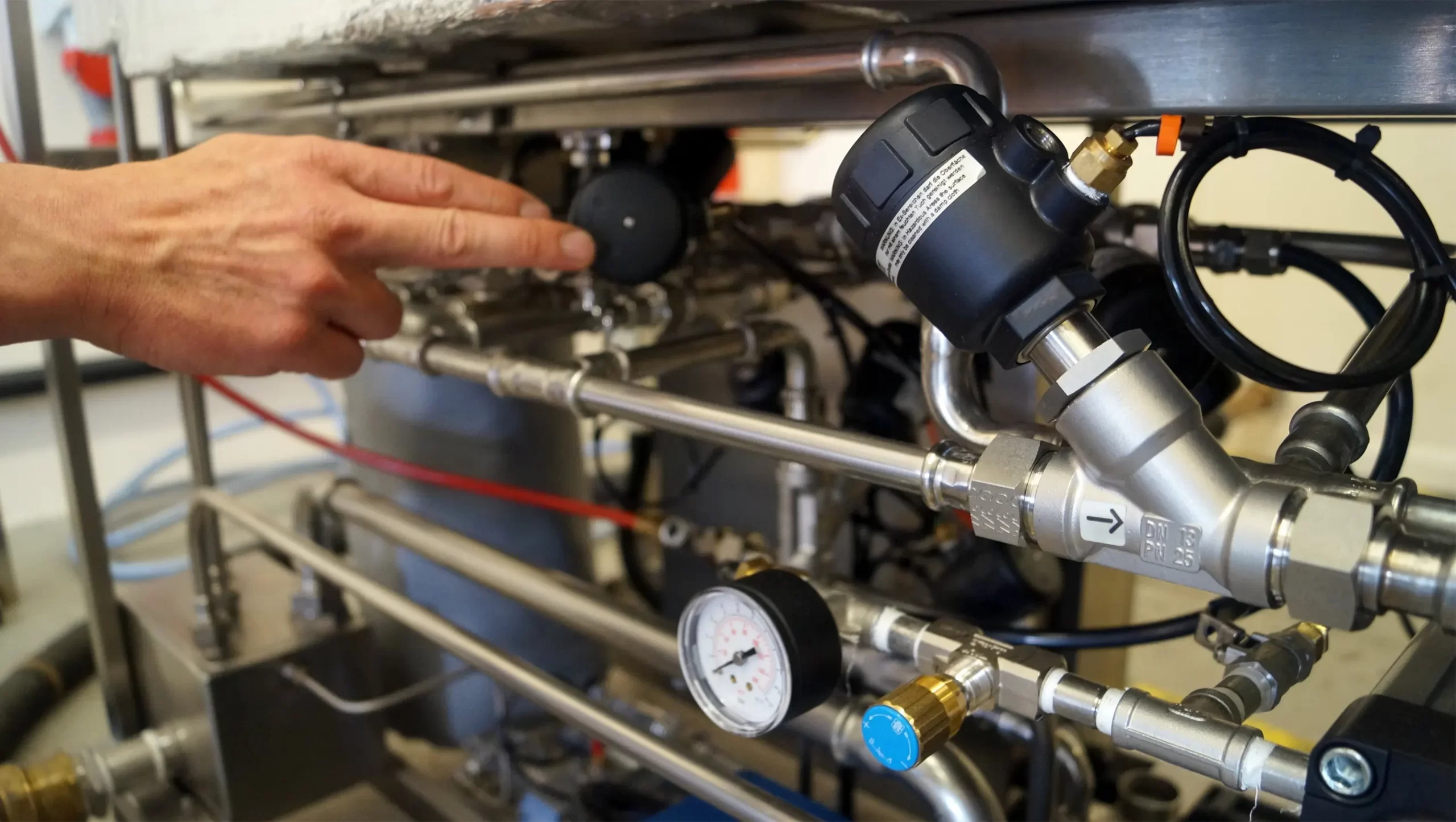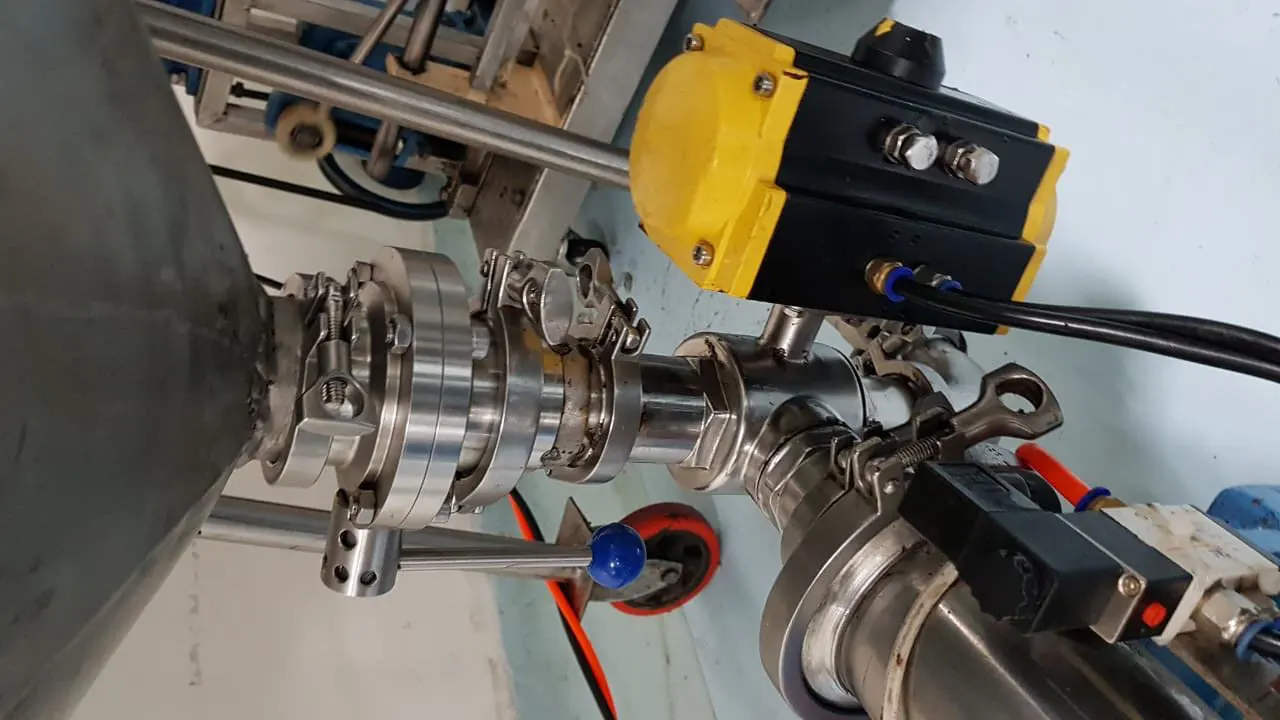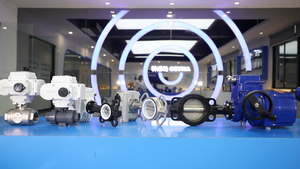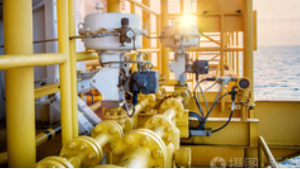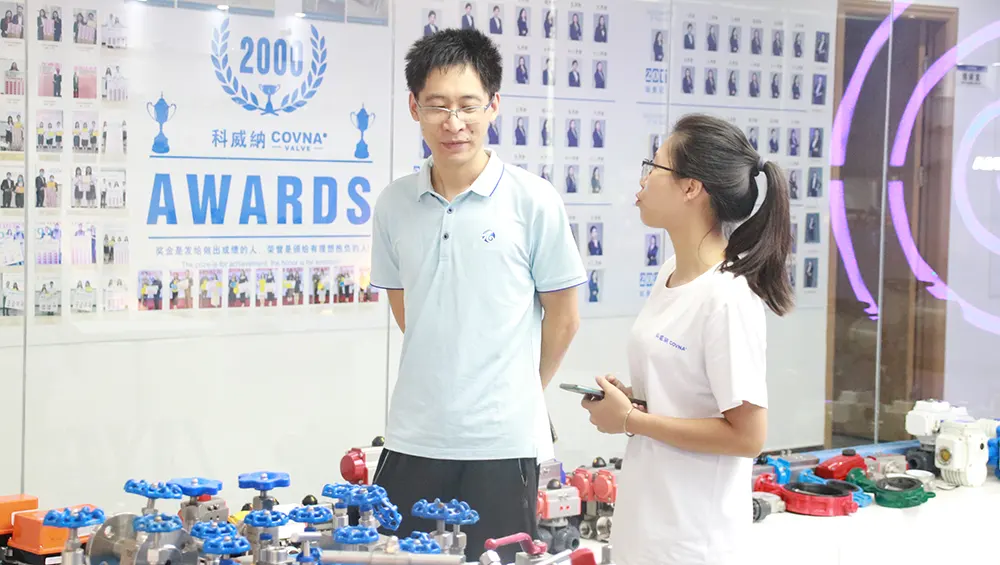BLOG
An eccentric rotary valve, also known as an eccentric rotary feeder or rotary valve, is a device used to control the flow of bulk solids. Its operation relies on a rotating rotor with an eccentric shaft, creating a tight seal against a stationary housing. Here’s a breakdown of its function and advantages:
Function: The eccentric design ensures a continuous, positive displacement flow of material. As the rotor turns, material is picked up from the inlet and discharged at the outlet in a controlled manner. The eccentric shaft creates a wiping action, preventing material build-up and ensuring consistent flow.
Advantages:
- Airtight Seal: The eccentric design provides a superior seal compared to other rotary valve designs, minimizing air leakage and preventing material spillage. This is crucial in applications requiring containment of dust or other airborne particles.
- Consistent Flow Rate: The positive displacement action delivers a more consistent and controlled flow rate compared to gravity-fed systems, leading to improved process control.
- Reduced Maintenance: The robust design and tight seal minimize wear and tear, resulting in lower maintenance requirements and extended operational lifespan.
- Handles a Wide Range of Materials: Eccentric rotary valves can handle a variety of bulk solids, including powders, granules, and flakes, with varying particle sizes and flow characteristics.
- Versatile Applications: They are used in diverse industries, including food processing, pharmaceuticals, chemicals, and plastics, for applications such as feeding, metering, and discharging materials.
- Low Power Consumption: Generally require relatively low power to operate, contributing to energy efficiency.
Tags: pneumatic valve
--- END ---




